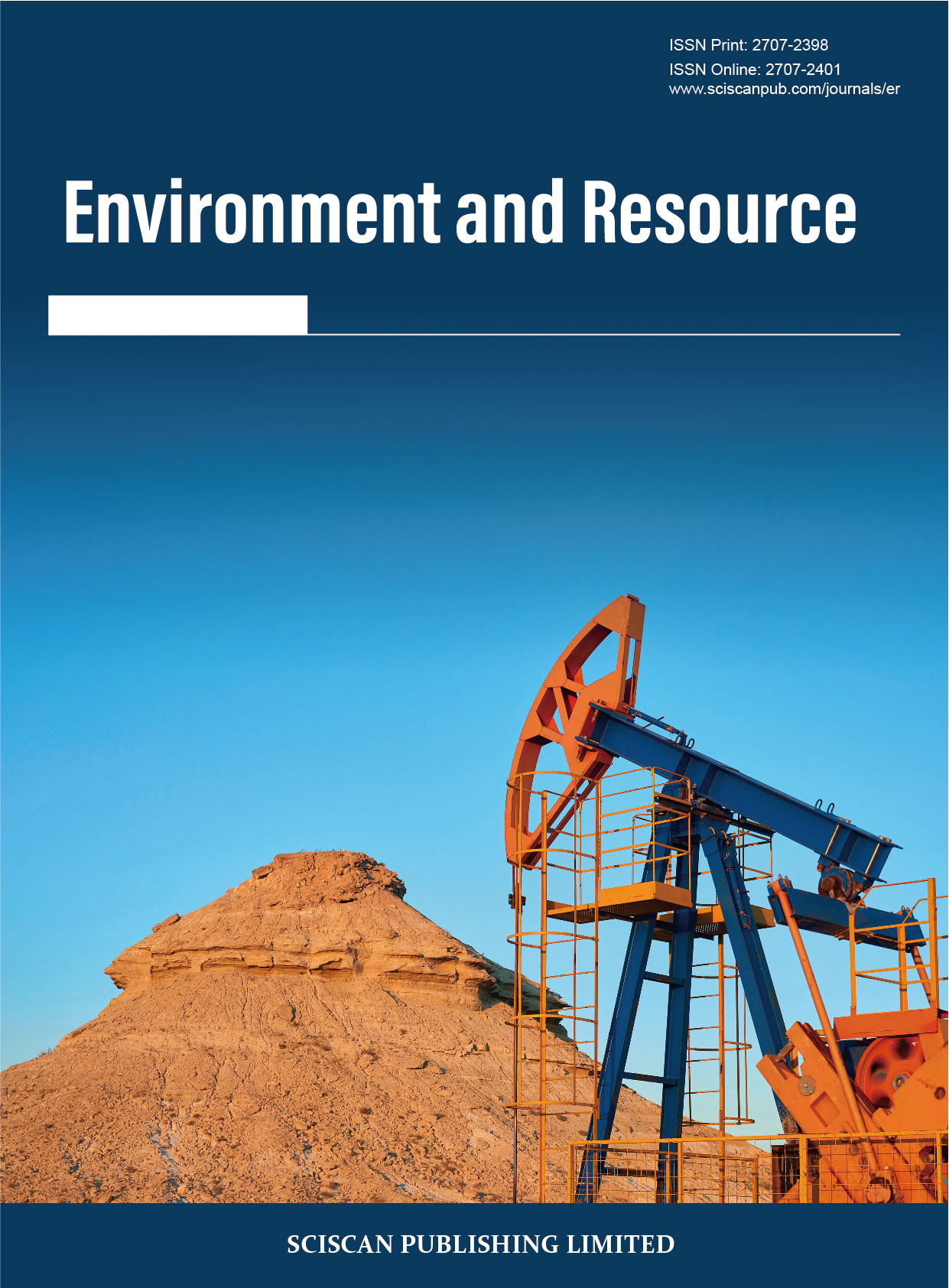Environment and Resource
ISSN Print:2707-2398
ISSN Online:2707-2401
Contact Editorial Office
Subscribe to the latest published information from SCISCAN
水资源紧缺地区土壤水资源利用限度
Soil Ware Resource Use limit by Plants in Water-Limited Regions
- Authors: 郭忠升¹²
-
Information:
1 西北农林科技大学水土保持研究所,杨凌 2 中国科学院教育部水土保持与生态环境研究中心,杨凌
-
Keywords:
Soil water; water-limited regions; plant growth; soil water resources utilization limit by plants; vegetation type; site condition土壤水分; 水资源紧缺地区; 土壤水资源; 土壤水资源利用限度; 植被类型; 立地条件
- Abstract: Soil moisture can only be absorbed and utilized by plant roots, but in most areas where water resources are scarce, the soil moisture absorbed and utilized by the roots is mainly due to natural precipitation. Due to insufficient precipitation with a big season and yearly change, deep groundwater storage and no irrigation conditions, the soil water supply in the root layer is insufficient, resulting in soil drought, soil degradation, vegetation decay, fruit and crop failure. In order to realize the sustainable utilization of soil water resource and sustainable management of forest and sustainable production of fruit and crop, it is necessary to regulate the relationship between plant growth and soil moisture according to the soil water resource utilization limit by plants and soil water carrying capacity for vegetation. So,in this area, there should be a control limit for the absorption and utilization of soil water by plants. That is, the soil water resources utilization limit for plants. It refers to the residual soil water storage in maximum infiltration depth when the soil moisture content of the soil layer is equal to the wilting coefficient. The infiltration depth and soil moisture supply for one rain event were determined by two-line method, and the maximum infiltration depth was determined by a series of two-line method. The indicator plant for natural vegetation is constructive species of the plant community, and the non-native vegetation is the main tree species or target tree (grass) species. Soil water resource utilization limit by plants is the function of vegetation type and site condition and the theoretical basis for judging whether plants overuse soil water resources and determining the starting period of plant water relationship regulation and the selection of tree and grass species. 土壤水分只能被植物根系吸收和利用,但是在大部分水资源紧缺地区,根系吸收利用土层的水分主要来自天然降水,由于降水不充分,且年际和季节变化较大,地下水埋藏较深,无灌溉条件,导致该层土壤水分供应不充足,常引发严重土壤旱化、导致土壤退化,植被衰败,果品或农作物绝收。为了实现土壤水资源可持续利用,森林可持续发展,果品或农作物可持续生产和可持续发展,就需要依据土壤水资源利用限度和土壤水分植被承载力对植物生长和土壤水分关系进行调控。因此在大部分水资源紧缺地区,植物对土壤水分的吸收和利用应该有一个控制限,这个限度即植物利用土壤水资源的限度,简称土壤水资源利用限度,它是指当最大入渗深度范围内所有土层的土壤水分含量等于指示植物萎蔫系数时的残留土壤储水量。采用二线法确定次降水入渗深度和土壤水分补给,采用系列二线法确定最大入渗深度。天然植被的指示植物为植物群落的建群种,人工植被为主要树种或目的树(草)种。土壤水资源利用限度是植被类型和立地条件的函数,是判断植物是否过度利用土壤水资源,确定植物水关系调控起始期和树草种选择的理论依据。
- DOI: https://doi.org/10.35534/er.0101002
-
Cite:
郭忠升.水资源紧缺地区土壤水资源利用限度[J].环境与资源,2019,1(1):11-30.
https://doi.org/10.35534/er.0101002
















